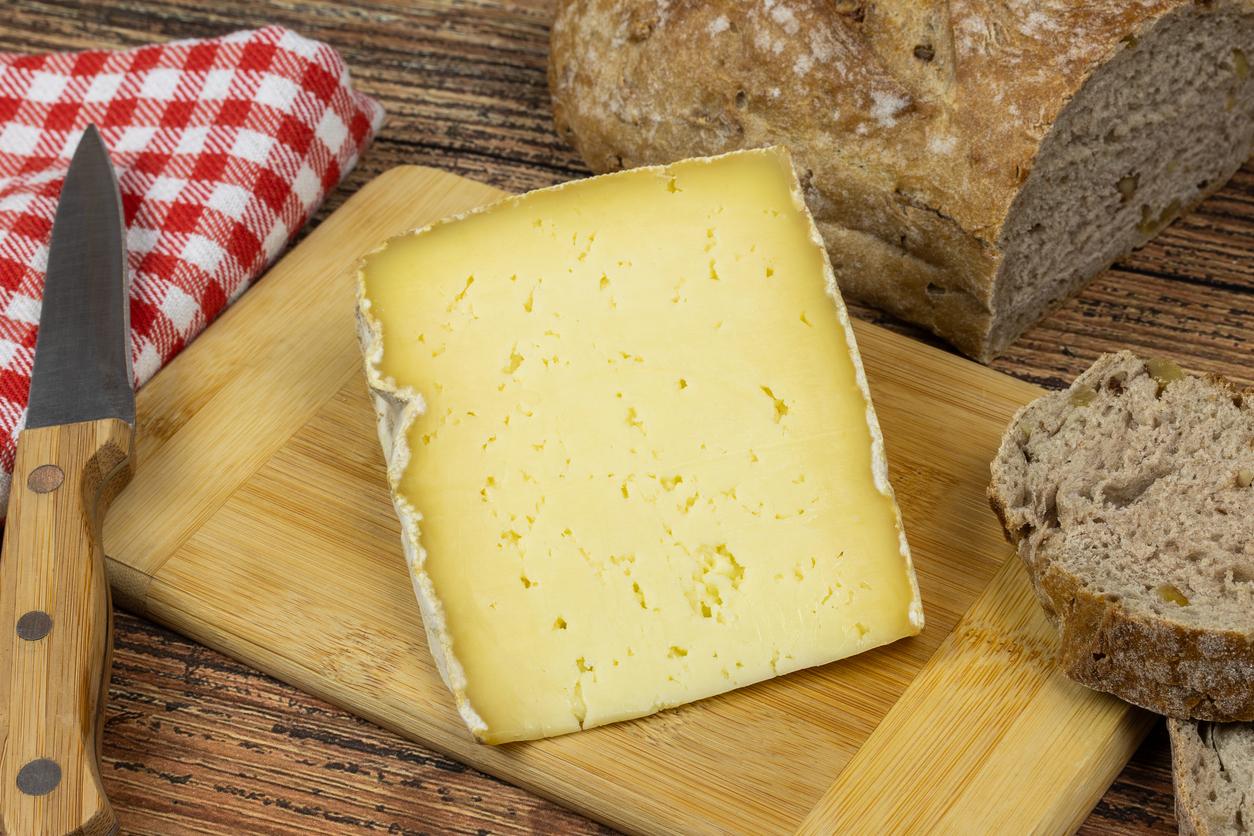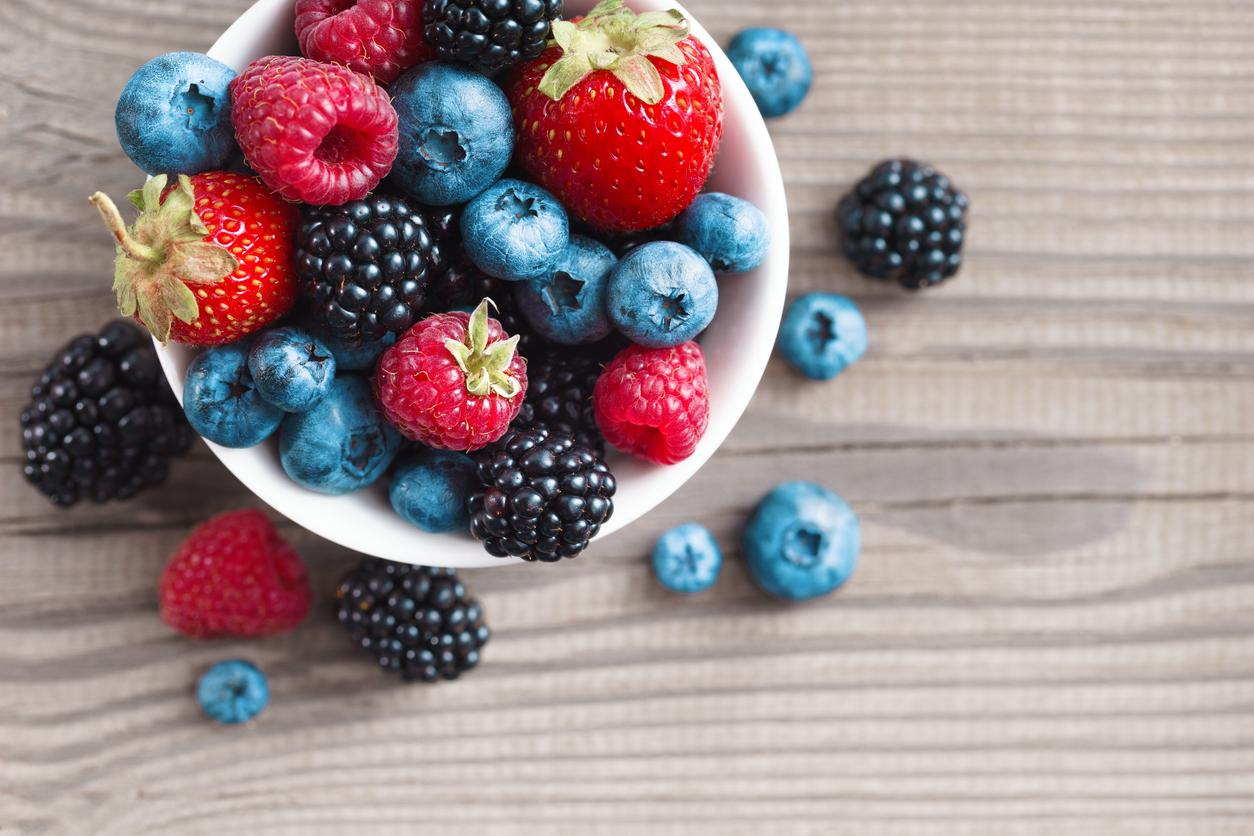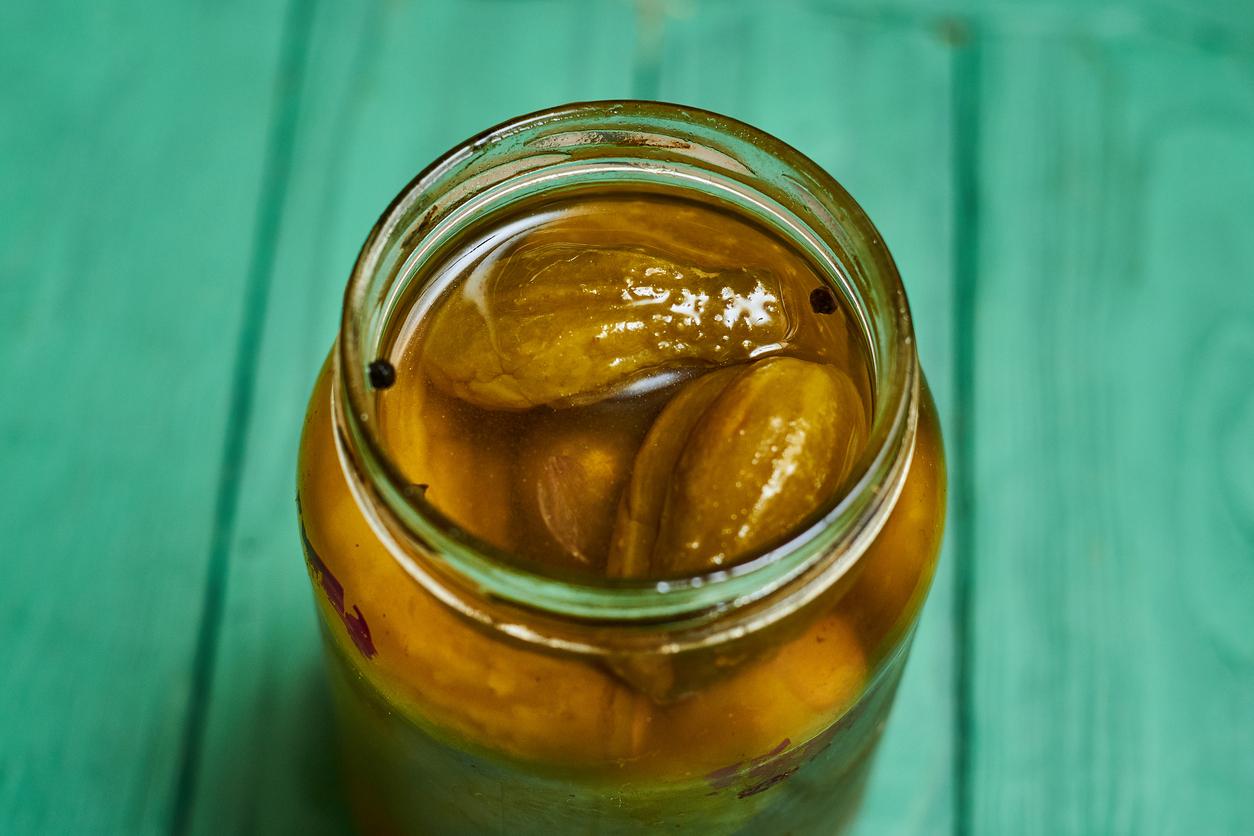Researchers from INRA have shown that it is possible to improve omega 3 and 6 intake by introducing flax and microalgae in animal feed.

To eat well, we must start by ensuring a healthy and balanced diet for livestock, says a French study conducted by the National Institute of Agronomic Research (INRA), the results of which will be presented on Tuesday.
For 3 years, researchers participating in AGRALID project try to reconcile sustainable agricultural practices and quality food respecting nutritional recommendations. An objective that can be achieved without changing our eating habits but those of farm animals, assure agronomists. It is indeed possible to improve the health of consumers by rebalancing the intake of omega 3 and 6 fatty acids in farms.
“We have shown that by introducing flax or microalgae rich in DHA (an essential and essential omega-3 for the organism, editor’s note) into animal nutrition, we are able to fill the omega-3 deficit in humans”, said to Agence France-Presse Jacques Mourot, biochemist, specialist in human and animal nutrition at Inra in Rennes.
An unbalanced intake
Because the needs are there. According to the National Food Safety Agency (ANSES), an adult should consume 2 grams per day of alpha linolenic acid (ALA, another omega 3) and 500 mg of DHA. However, on average the French consume only 800 mg of ALA and between 200 and 250 mg of DHA.
In addition, our omega 6 to omega 3 lipid ratio does not meet recommendations. Nutritionists advise not to consume 5 times more omega 6 than omega 3. But in practice, we consume nearly 15 to 30 times more, said the specialist.
An excess of omega 6 which can be dangerous because it promotes inflammation of the arteries, which can induce cardiovascular pathologies. In short, consuming too much omega-6 cancels the protective effect of these essential fatty acids.
In the AGRALID project, animal experiments took place in pigs, chickens, laying hens and dairy cows. They made it possible to identify typical menus for each species. And in view of the positive results obtained, the researchers hope that they will be used by farmers and industrialists to produce better quality meat for the consumer, while limiting the environmental impact and the cost.
.

















